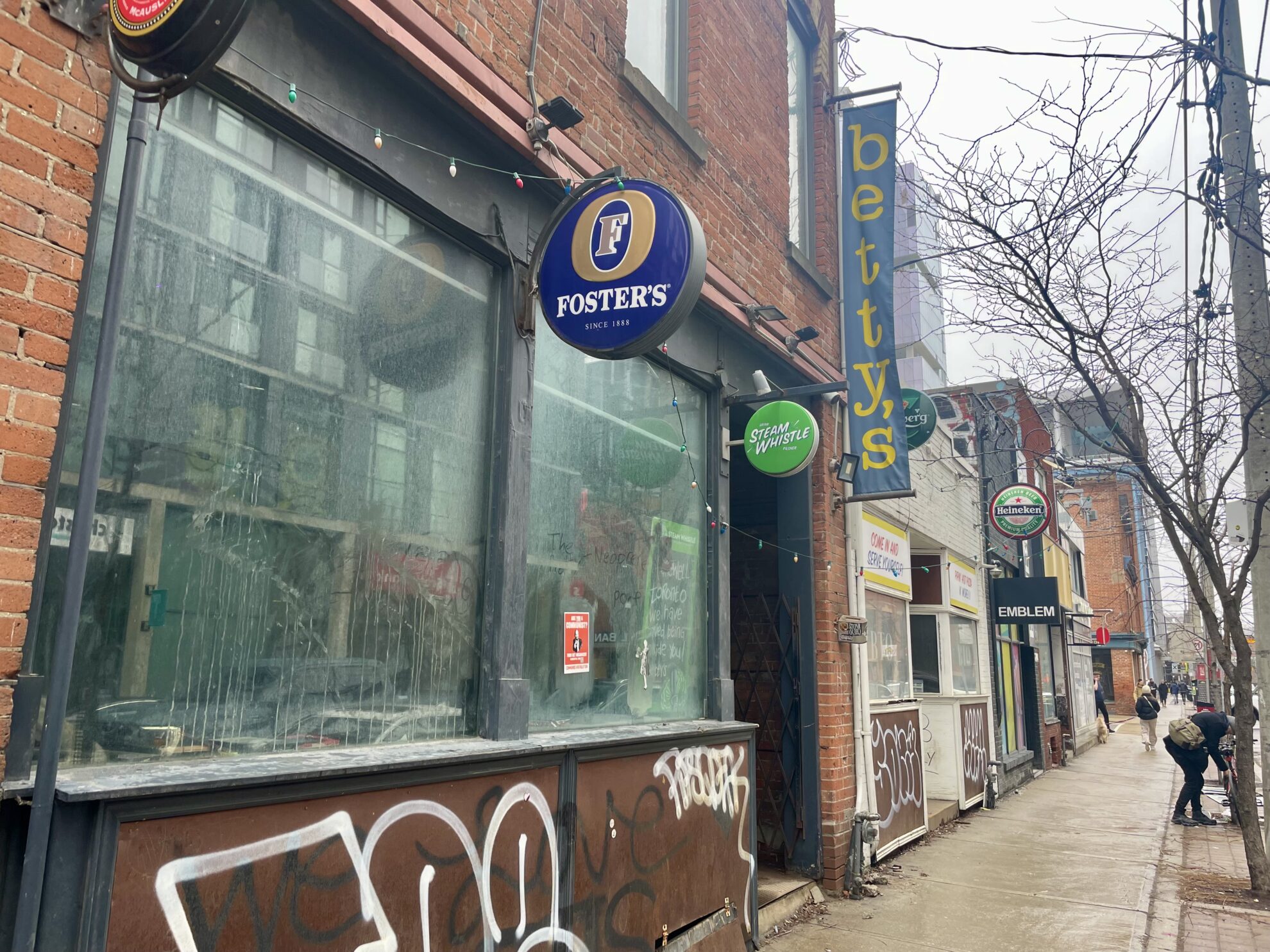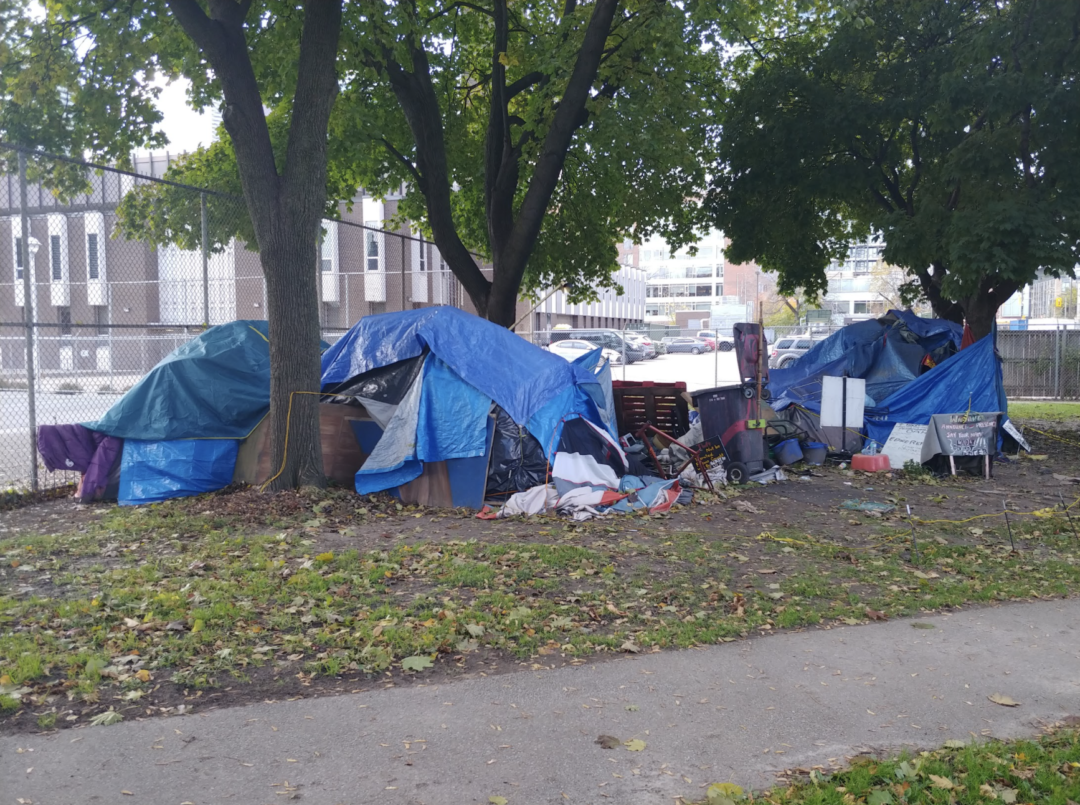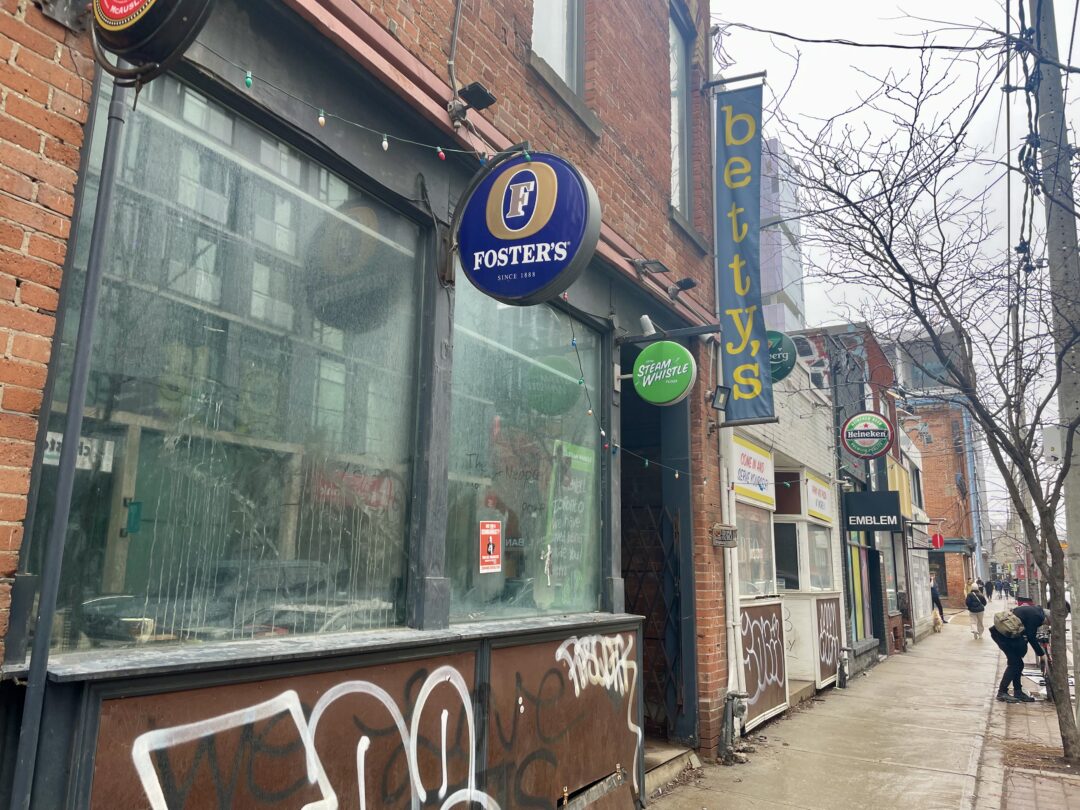Christopher Hume –
Could city planning in Toronto get any worse? Its failures can be seen at every turn, nowhere more than along King Street East, especially from Jarvis Street to Parliament and beyond. The fact that this hodgepodge is – was – one of the city’s most important historic precincts makes the fiasco worse.
As it is, a visitor could wander the length of King East and be completely unaware of the street’s heritage significance. City Hall has sat on its hands and allowed the neighbourhood to be chewed up and spit out by a development industry that sees history as just another obstacle on the way to windfall profits.
To be fair, the legislation that controls planning processes is largely provincial. And as Ontario Premier Doug Ford has made clear again and again, he has no interest in, let alone respect for, built or environmental heritage. Most recently, his vandalizing tendencies have been on full display at Ontario Place and the Ontario Science Centre. Closer to home, in the West Don Lands Ford ordered a wrecking crew in 2021 to tear down one of four century-old Dominion Wheel and Foundries buildings without a word to the community or a demolition permit.
The outcry that followed was loud enough to penetrate even the thickest of Conservative heads at Queen’s Park; work was halted within days. But by then, it was clear to anyone paying attention that Ford is a regime of hooligans, too fixated on what they mistake for the bottom line to see the larger picture. Indeed, the enormous economic potential of heritage is lost on both this government and this city. Around the globe, tourist hordes pour into historic cities, spending billions along the way. There is no need for them to visit Toronto.
Today, alas, King Street is a mess. Unsympathetic, inappropriate and grossly over-sized development has buried the street alive. Buildings that might stand out elsewhere are hubristically out of place here and reduced to architectural eyesores. The Globe and Mail Centre, for example, could be considered elegant in, say, Mississauga, but feels lonely and banal here. The 2005 SAS Canada headquarters, one of the earliest green structures in Toronto, brings precious little aesthetic value to the neighbourhood. Its metallic exterior couldn’t be more at odds with an area where brick and stone dominate. The former Toronto Sun Building nearby has had little to recommend it since its original form was built in the 1970s.
And let’s not forget the curse of façadomy, much in evidence the entire length of King East. The southeast corner of King and Sherbourne Streets is an unfortunate instance of the sort of project only a city as self-loathing as Toronto would allow. This is where one of the 19th-century roadhouses that dotted the city’s east end was destroyed but for two exterior walls that serve as the base for an instantly forgettable steel-and-glass extrusion called – in a supreme example of how tone deaf developers can be — Bauhaus Condominiums.
Even more offensive is the north side of King East west of Princess Street, where a block of old commercial buildings has sat empty and unattended for more than a year. The owner, Emblem Developments, is happy to make millions from the property when it suits the company, but in the meantime is content to let it and the neighbourhood rot. Worst of all, this is perfectly legal.
Once a development plan is approved, which one was for this behemoth several years ago, owners can wait as long as they want to begin construction. This, of course, can be ruinous from an urban perspective. Most European countries give developers three years to start work or lose their approval. A simple condition like this would help preserve neighbourhood vitality.
And what about a vacancy tax on empty commercial property?
We could go on…. and on.
These “original 10 blocks of the Town of York,” which the city calls “Toronto’s birthplace,” have become the very image of bureaucratic impotence and civic shame. Though countless Torontonians and other Canadians endure the torture of contemporary travel to visit historic city centres across Europe, our planners and politicians watch as local heritage districts are turned into characterless enclaves that could be anywhere. That King East is called “The Design District” makes the unfolding travesty even more infuriating.
In a city that for 12 years under mayors Rob Ford and John Tory was focused on little more than potholes, parking and property taxes, ceding Toronto’s future to developers may have seemed a good idea. It wasn’t.
Now’s the moment to take back control of the city from the development industry and in the process, from the province. Under Doug Ford, the province has made no secret of its contempt for Toronto as anything more than a way to make money. But as every child knows, greed killed the goose that laid the golden egg.
Christopher Hume is the former architectural critic for the Toronto Star.




